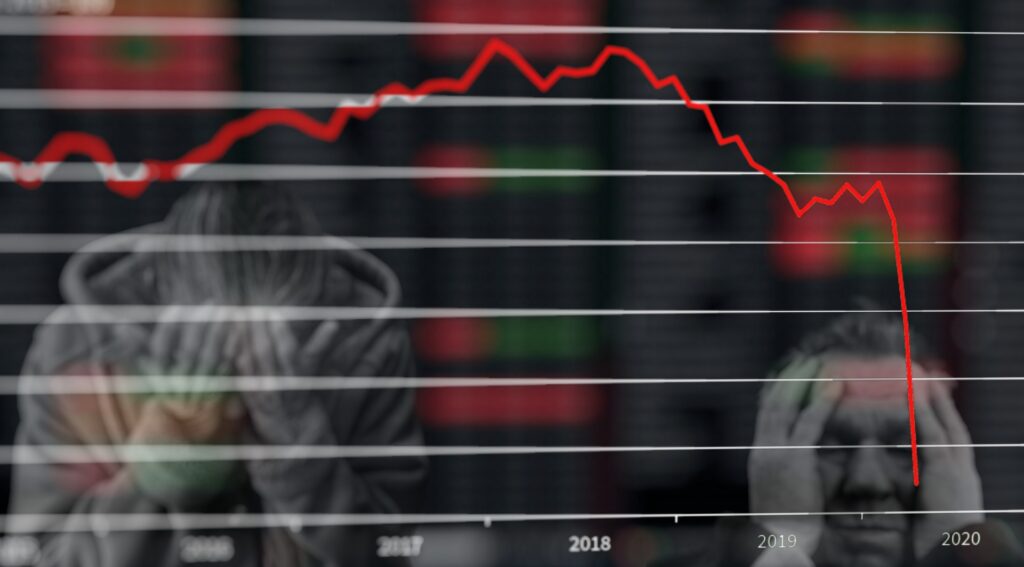Posts Tagged ‘Retirement’
Why Not Have Systems for Investing?
Systems exist everywhere. In nature, we find almost an infinite number of hierarchical, interconnecting ecosystems that play key roles by which energy is transported and transformed. In society, we find that systems can provide for organization and guidance for human interactions. Take for instance how we drive – we follow a precise system. Here in…
Read MorePassive Investing May Be Harming You More Than Helping
It’s no secret that passive index funds and ETFs have been gathering the bulk of asset flows for several years. In 2021 alone, passive funds assets increased by 35.9% and reached $20.87 trillion (as of June 30). Blackrock, Vanguard, and State Street hold the bulk of these assets. Passive funds are, by definition, designed to…
Read MorePrices Are Not as Random as You Think…
In the popular investment book A Random Walk Down Wall Street by Burton Malkeil, the author argues that asset prices are purely random. As a result, investors should just “buy and hold.” This thought has led the investment industry (and many investors) to simply close their eyes and hope for the best. There are several…
Read MoreHow to Earn More and Risk Less
There’s an important concept that when correctly implemented can almost assure your investing success. Get this wrong – and most investors do – and you could be doomed to financial ruin. Asymmetric investing is the concept of investing where the probability or outcome of a trade has more profit than loss (or the risk taken…
Read MoreThe Death of 60/40: What’s Next?
Welcome to the last of the series “The Death of 60/40.” I have written in this series on how the 60/40 portfolio was justifiably a staple in investor portfolios based upon past performance. By any measure of financial history, the last four decades were one of the most significant periods of asset growth price ever.…
Read MoreThe Death of 60/40: Bonds
Welcome back to another week of “The Death of 60/40.” For the last two weeks, I’ve described how stock valuations play a role in defining future expected returns – and how today’s stock market valuations portend a forthcoming era of low returns. “But isn’t the reason we allocate 40% to bonds, is to help offset…
Read MoreThe Death of 60/40: Starting Valuations Matter… A Lot (Part II)
Welcome to week four of the series The Death of 60/40. Today, we’ll continue to explore stock market valuations and what they portend. John Bogle, the late, legendary founder of Vanguard Funds used a simple formula to determine future market returns: Future Market Returns = Dividend Yield + Earnings Growth +/- Change in P/E ratio. …
Read MoreThe Death of 60/40: Starting Valuations Matter… A Lot (Part I)
Welcome to week three of my series, The Death of 60/40. The 60/40 Strategy is ubiquitous in the investment industry, but will likely fail to deliver future returns that are substantial enough to match most investor needs. Last week I demonstrated how the historical returns for this strategy have been very dependent on the economic…
Read MoreThe Death of 60/40: A History
Last week I introduced the idea that the traditional 60/40 Portfolio, a common approach among investors, was no longer going to serve investors as intended in the coming years. But in order to understand the future, we must first understand the past… Model portfolios that adhere to a specific asset allocation have often been used…
Read MoreThe Death of 60/40: A Preface
I feel honored to have this opportunity to write for Rowe Wealth Management. I’ve spent over 30 years working in the investment industry and rarely have I found a firm that understands the markets as well as Rowe Wealth does. The firm’s approach, that of viewing the market through the lens of Relative Strength, sets…
Read More








